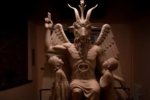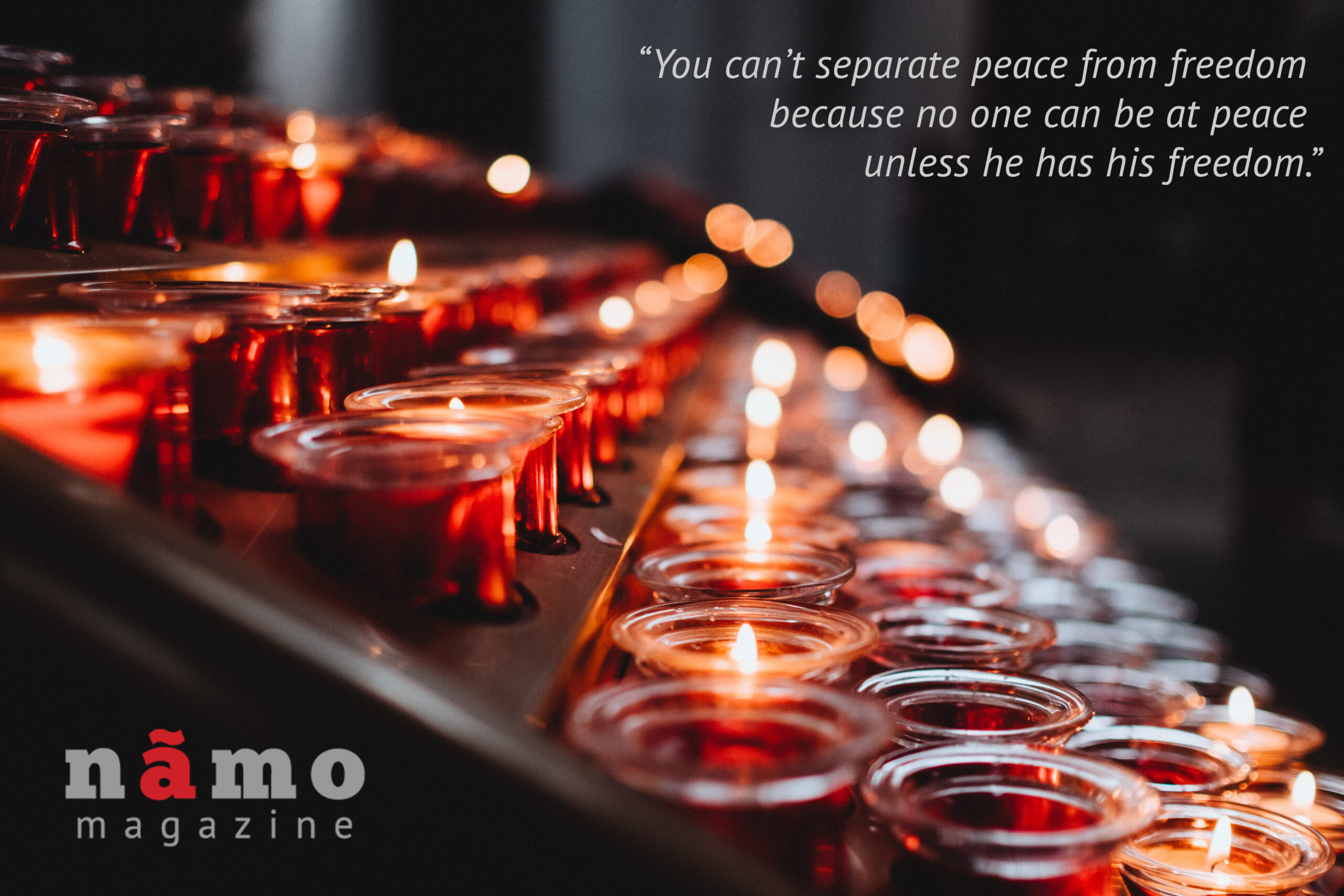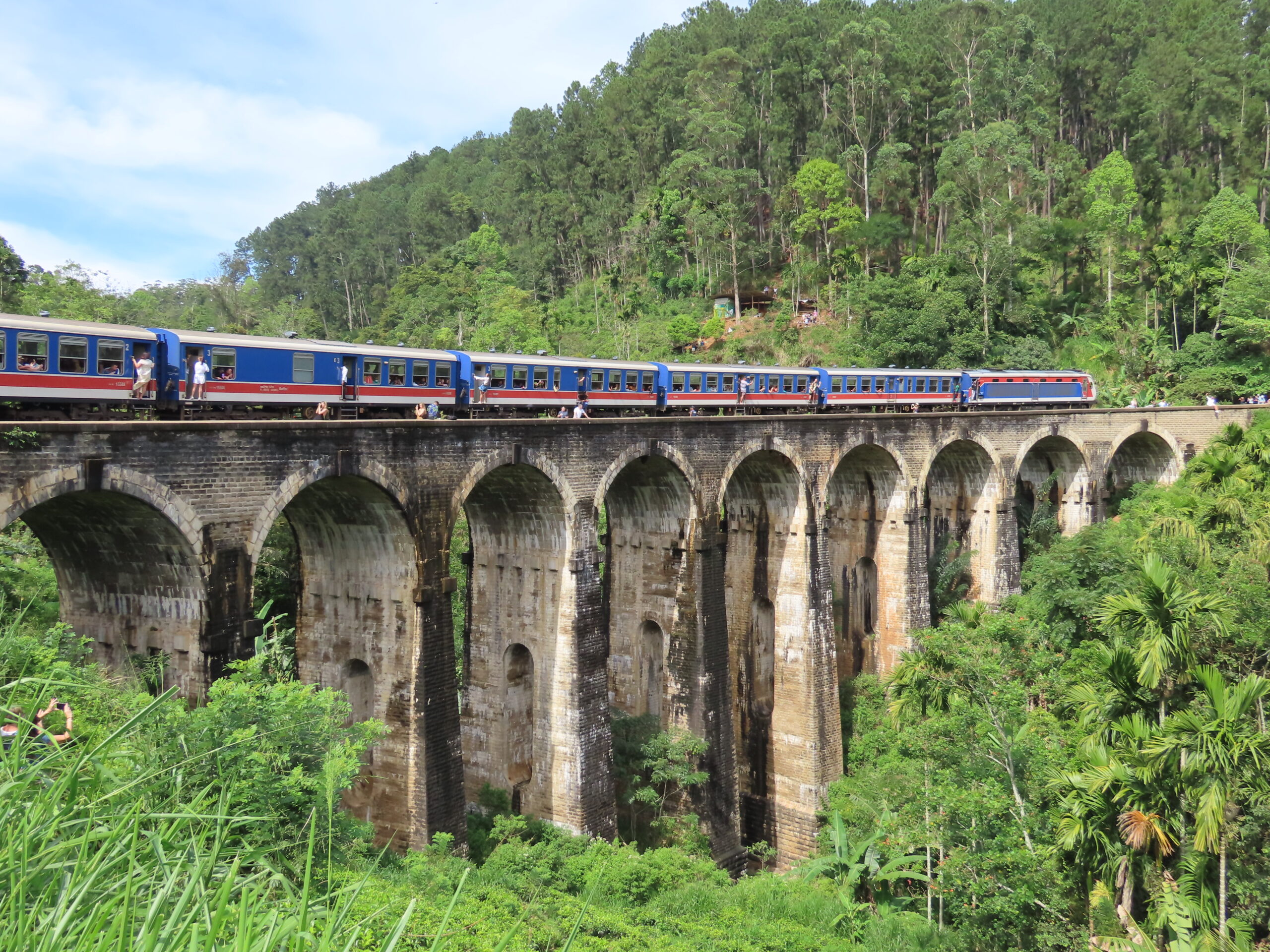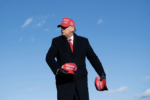A MASTERPIECE OF SCULPTURE
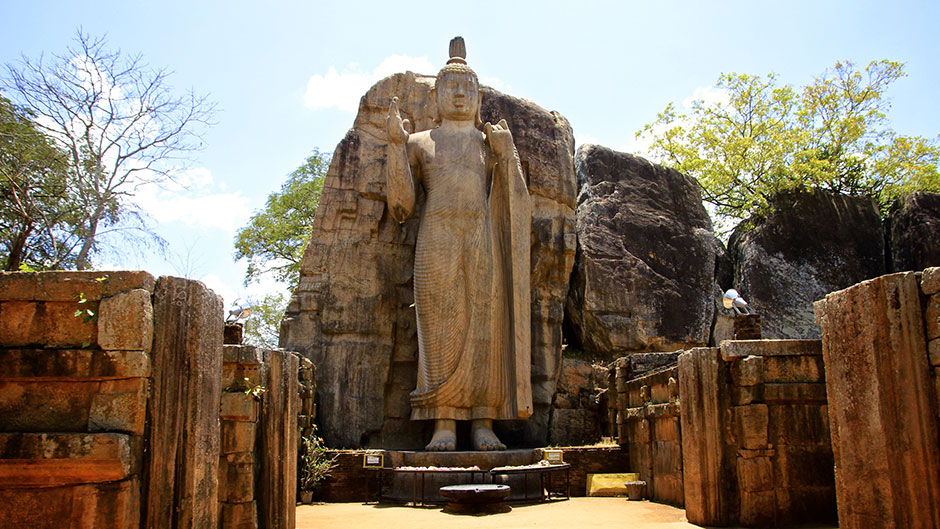
Is it a result of a master-pupil competition?
Sir James Emerson Tennent (1804-1869), author and traveller who was knighted in 1845 and appointed colonial secretary to Ceylon (now Sri Lanka), narrates in 1859 in one of his writings how an associate of a team of British archaeologists happened to pursue a herd of wild elephants along a trail in the vicinity of the Kala Wewa tank in the north central province when he stumbled upon a colossal standing Buddha statue in the forest the existence of which had been unknown to Europeans before. He then led Tennent and others to the spot where they stood in awe at the sight of this statue, carved out of a large granite cliff only a narrow piece of rock joining the statue to the cliff to support the colossus.
This is the famous Buddha statue at Avukana, a village 176 km northeast of Colombo. Measuring a height of nearly 12 m, its construction is credited to King Dhatusena of Anuradhapura, constructor of the Kala Wewa tank. What is so salient about this 5th century AD statue is that it is considered the country’s only statue that has remained intact, withstanding the ravages of time. Moreover, the serenity and compassion that emanate from the face of Buddha and the dexterity of the sculptor have been commented on by scholars over the years. The statue is so upright that raindrops falling on its head will drip along the nose vertically to land on a spot between the feet. The pleats of the tightly worn robe are carved delicately. The right hand is in the posture of giving his blessing to all creatures and the left hand portrays the gathering up of the robe, ready to cross a river: a representation of the cycle of rebirths.
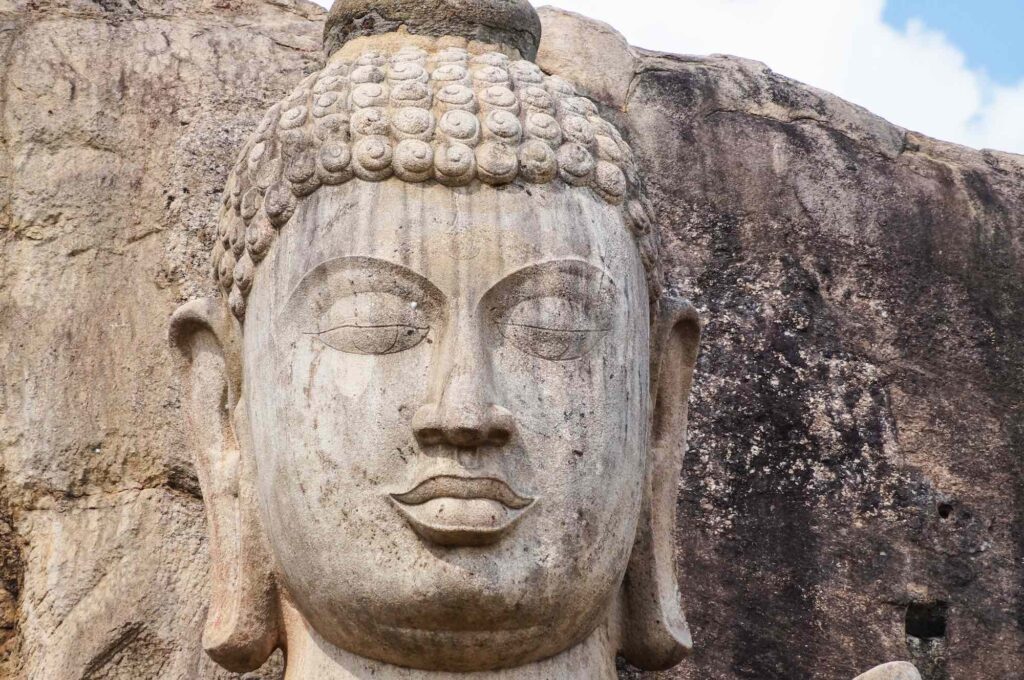
Conflicting stories are recounted with regard to the origin of the statue. One legend, which is often quoted, is that a master, well versed in carving statues, arrived in Sri Lanka from the land of ‘Avakan’ (present-day Afghanistan) to teach this art to local sculptors. It so happened that ultimately a Guru-Gola (master-pupil) competition followed to carve a standing Buddha statue. Whoever completed the statue first had to announce it by ringing a bell (another version is uttering a booing sound to notify that he had won). The pupil from Sri Lanka started work at Avukana while the master from Afghanistan set to work at a forest hermitage named Res Vehera (or Sasseruwa), located in the vicinity. The pupil succeeded in finishing the statue first and the master, knowing of the achievement of his pupil, felt ashamed and hurled himself to death off the cliff. Those who support this legend argue that the word ‘Avukana’ derives from the word ‘Avakan’ to denote Afghanistan, the land of origin of the master. They further point out the striking similarity between the unfinished statue at Res Vehera (hence, inferior in craftsmanship compared to the statue at Avukana) and the two Buddha statues in the Bamyan valley of central Afghanistan, 130 km northwest of Kabul (In an act of vandalism, these two statues were blown up and destroyed by the Taliban in 2001). All the three statues have been cut into the rock whereas the Avukana statue has been cut away from the cliff. Yet, some historians refute this tale and assert that the Res Vehera temple antedates the Avukana statue by nearly 200 years and this temple was built by King Devanampiya Tissa (307-267 BC), first Buddhist monarch in Sri Lanka. Furthermore, they say that the word ‘Avukana’ in Sinhalese literally means ‘sun eating’ (avu=sun and kana=eating) or ‘exposed to sun’.
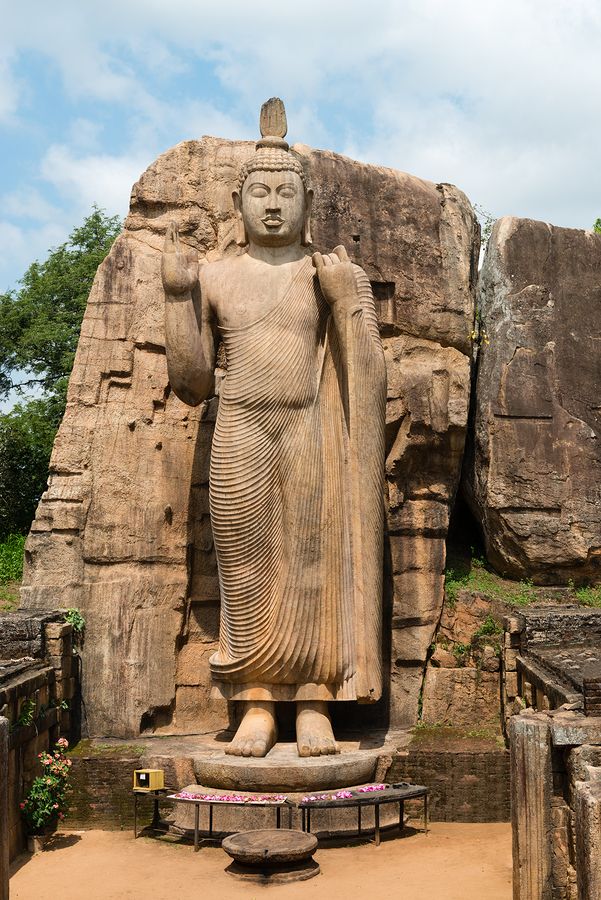
Another opposing story is told, which is just the opposite. According to this, the master completed the work first and the pupil lost the contest.
Still another story, as told by an aged villager, is that the statue is the result of a competition between two brothers of a family of sculptors to whom this art of sculpturing had been handed down by their forbears. They undertook the project under the orders of King Dhatusena and the work, supposedly, took three years for completion. When the elder brother ‘won the race’ the younger brother was dismayed at the news even though he was his own brother. He committed suicide by jumping off the edge of the rock.
The king and his subjects, bemoaning the untimely end of the younger brother, attended to his cremation in a worthy manner.
Finally, the carving of the statue is generally attributed to a skilled sculptor named Barana. Reportedly, it had taken seven years before the work was executed. The king, impressed with the finesse and grace of the statue, granted him a whole village as a royal award. This village still exists by the name of ‘Galwaduwagama’ (village of the sculptor).
In addition to the Avukana statue, King Dhatusena built 18 irrigation tanks including Kala Wewa and a massive irrigation canal named Yodha Ela that vouch for the skill of hydraulic engineers of ancient Sri Lanka. It has a capacity of 123 million cubic meters and covers an area of 2,580 ha. The king defeated the invaders from South India and reunited the country. Yet, due to more raiding armies from South India, the succeeding monarchs were compelled to shift their capital elsewhere. With the passage of time the sites of archaeological interest were swallowed by forests only to be rediscovered many centuries later by the British. This encroachment, in a way, was a blessing in disguise, as it helped turn away the attention of the advancing enemies and protect the sites against elements.***
